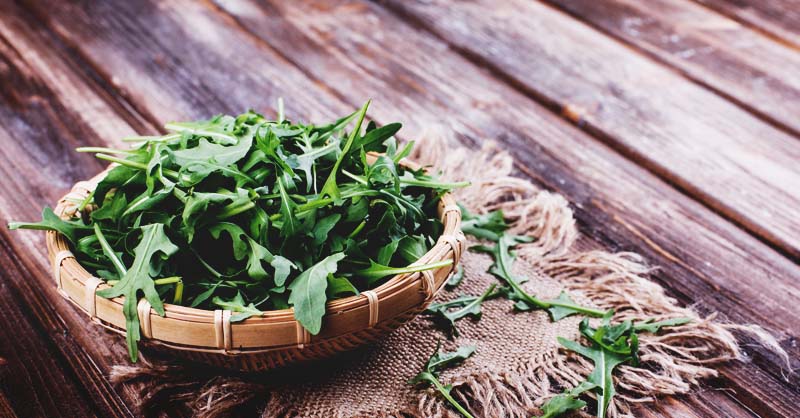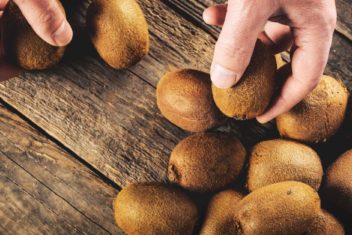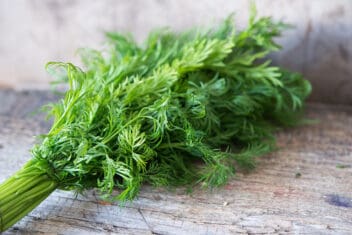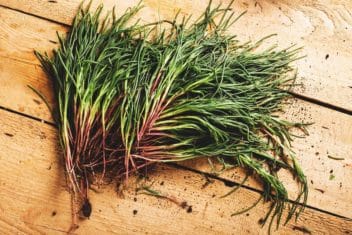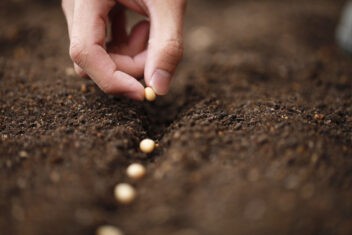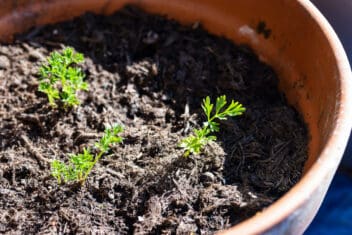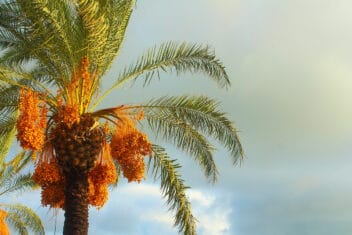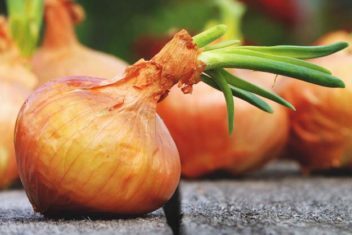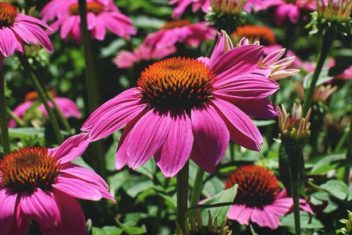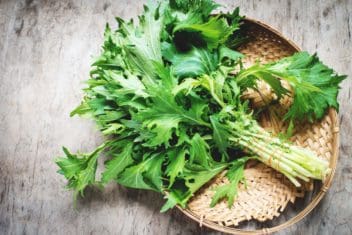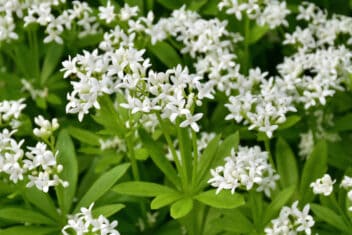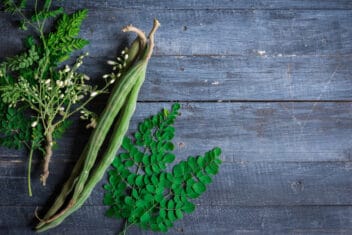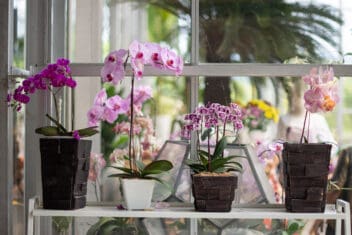Arugula (Eruca vesicaria), also known as rocket, is one of the most popular salad greens out there, and for good reason. I’ve been growing arugula for years. It’s one of my favorites.
Why do I like it so much? The young leaves are peppery and crisp, and the flowers, seeds, and oil are all edible. It’s a cool weather green that provides a plentiful harvest with relatively little work.
Arugula is tasty, easy to grow, and has few pests and diseases that bother it. And if you’ve thought about dabbling in aquaponics, it’s the perfect plant to start with.
Arugula makes an ideal side salad for strongly flavored meats or an excellent accompaniment to milder proteins like chicken and fish. You can also cook it up on pizza or in pesto, and lots of other dishes.
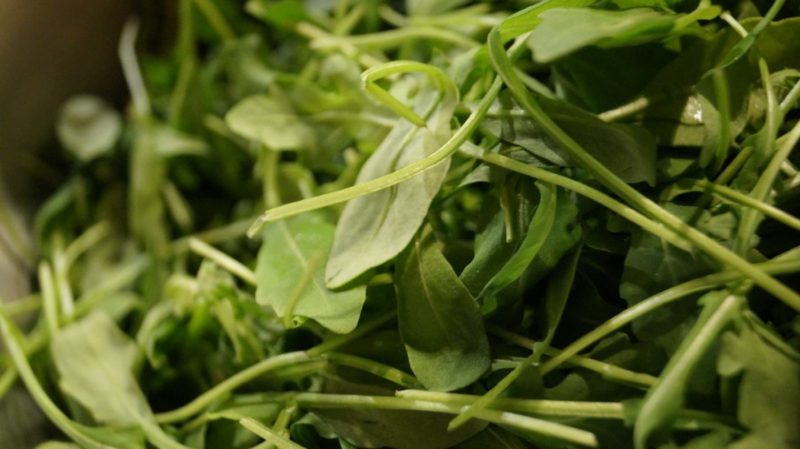
In the store, you’ll see arugula mixed with other salad greens to cut down the intense flavor, but I think it’s perfect on its own. Plus, it’s so easy to grow there’s no need to buy it in plastic bags from the grocery store. Ready to get started?
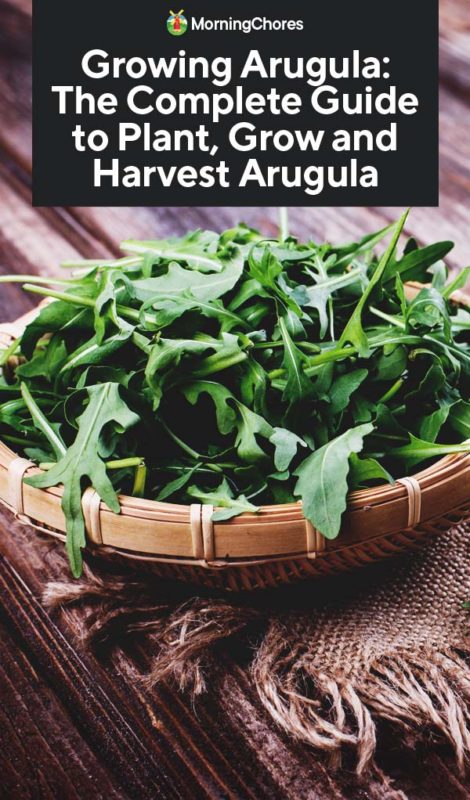
Arugula Varieties
There are a few common cultivars of arugula to choose from, each with a different flavor, time to maturity, and size.
Astro
‘Astro’ is an early cultivar that grows quickly. It’s milder than some other types, so if you don’t like the peppery taste of the stronger arugula, ‘Astro’ might be your thing. Because it’s less intense, this is a variety you’ll often find in grocery stores. It’s an excellent cut-and-come-again option.
Roquette
‘Roquette’ is an early variety that is more peppery than some other types. It self-seeds rapidly and has pretty little yellow or white flowers.
Sylvetta
Also known as wild arugula, Sylvetta has a strong flavor and is often the arugula you find in store-bought mesclun mixes. It has long stems compared to the other varieties, which makes harvesting easy.
If you have trouble with your arugula bolting, Sylvetta is ideal because it’s slower to bolt.
Technically, Sylvetta is a different species (Diplotaxis tenuifolia), but it tastes and looks similar, so we included it here.
Apollo
Originating from Holland, this heirloom cultivar is milder in flavor and can stand some warmth in the summer. It’s another good cut-and-come-again option.
Olive Leaf
This is a traditional wild Italian cultivar that has an intense, peppery taste. It has flat leaves without the typical lobes.
Runway
This is a fast growing, flavorful type featuring leaves with large, oak-like lobes. The shape makes it a beautiful addition to salads or pizza.
Garden
Garden is a fast-growing variety with a mild flavor that is reminiscent of radishes. Perfect for winning over the arugula haters.
Bellezia
This type has an upright growth habit, so it’s easy to harvest. It features dark green, deeply lobed leaves that look beautiful in a mixed salad. Bellezia is resistant to downy mildew.
How to Grow Arugula
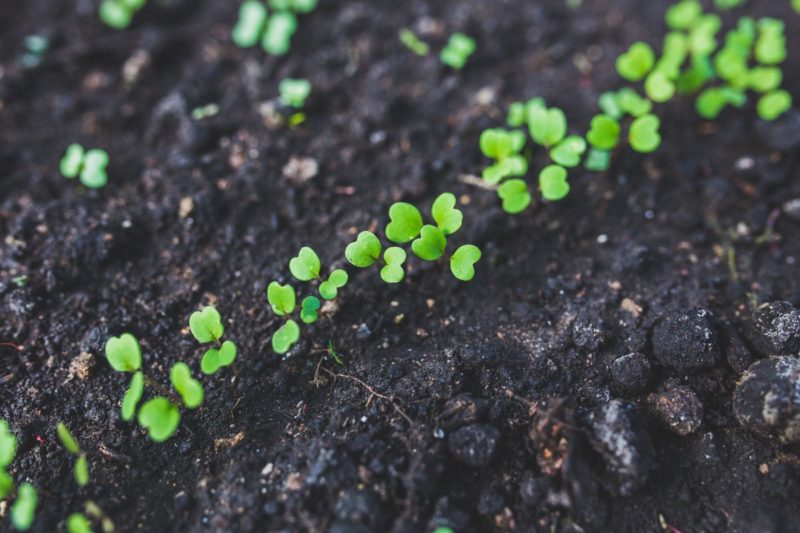
Zones
Arugula can grow in most USDA Growing Zones (2-10) as an annual. It will bolt once the weather gets too warm, so grow it as a winter crop in hot areas. Start it early or later in the growing season in cool areas, and in temperate zones, you can raise it all year long.
Sun and Soil Requirements
Arugula prefers loose, fertile soil, although it will grow in any earth. A pH of 6 to 6.8 will yield the best results.
Plant in full sun, but give arugula partial shade in the heat of summer to prevent it from bolting.
When to Plant Arugula
Because arugula grows so quickly, direct-sowing is the best option. Plant outdoors when soil temps are between 40-55°F.
If you have a cold snap, protect growing arugula with a cloche because it can get damaged during a freeze or snowfall.
If you have a particularly short growing season, or you’re excited to get eating, plant arugula indoors four weeks before the last frost.
Where to Plant Arugula
If self-seeding is an issue for you, plant arugula in a contained area or pots. I’ve found it self-seeding all over the garden shortly after the first time I planted it. You can also grow arugula indoors in containers. It lends itself particularly well to indoor gardens because it grows quickly and has low-light requirements.
You can also plant arugula in pots as ground cover for larger plants. Arugula roots are shallow, so they won’t interfere with the bigger plant.
Spacing
Sow seeds about 1 inch apart and 1/4 inch deep. I generally don’t plant arugula in rows. I prefer to scatter them over an area. Thin out to 6 inches apart once plants are a couple of inches high.
As you thin out plants, use the seedlings in your salad rather than throwing them away. Baby arugula is delicious.
Caring for Arugula
Arugula is pretty easygoing. There isn’t much to keeping it happy.
Fertilizer
Dig in well-rotted manure before planting your seeds. Although arugula likes well-draining soil, it also needs quite a bit of water. Adding manure will help on both those counts.
Watering
Avoid over-watering, but keep the soil moist. Arugula will bolt to seed if the soil dries out. Just make sure to water the base of the plant and avoid watering the leaves too much to prevent disease and pests.
Common Problems and Solutions for Growing Arugula
Although its tough and easygoing, there are a few problems that can impact it. This is especially true if your plant is stressed by heat or drought.
Flea Beetles
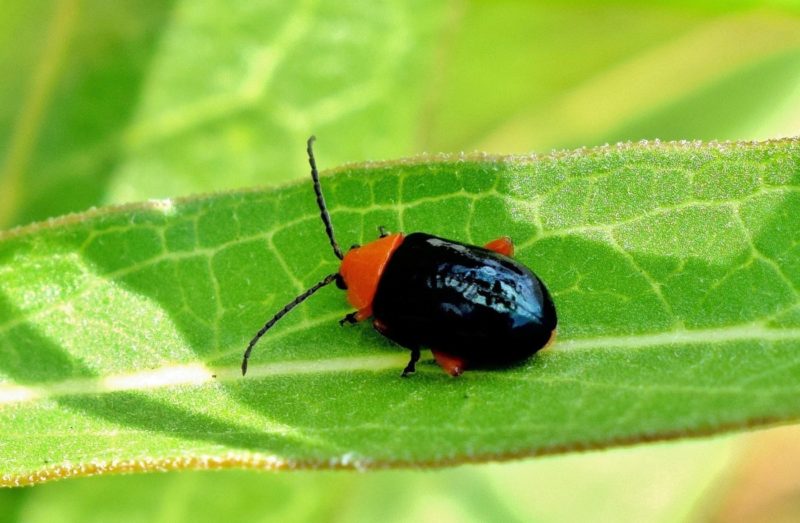
Flea beetles are a common pest, and when the population gets large, they can quickly defoliate a plant. They’re easy to identify because of the characteristic shotholes they eat in leaves.
I’ve found the two best solutions are diatomaceous earth and/or a mixture of organic pyrethrum and neem oil. The neem has long-lasting preventative effects, and the pyrethrum will knock the pests out.
Cabbage Worm
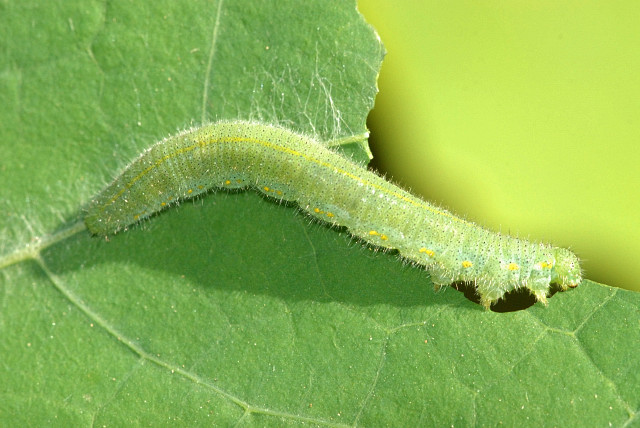
A large infestation of cabbageworm can destroy your crop. Luckily, they’re reasonably easy to control. You can pick them off when you see them (my chickens love them). You can also look for the eggs, which are tiny white dots on the underside of leaves.
Squash them when you see them. If that fails, spray plants with neem oil or organic pyrethrum.
Leaf Miner
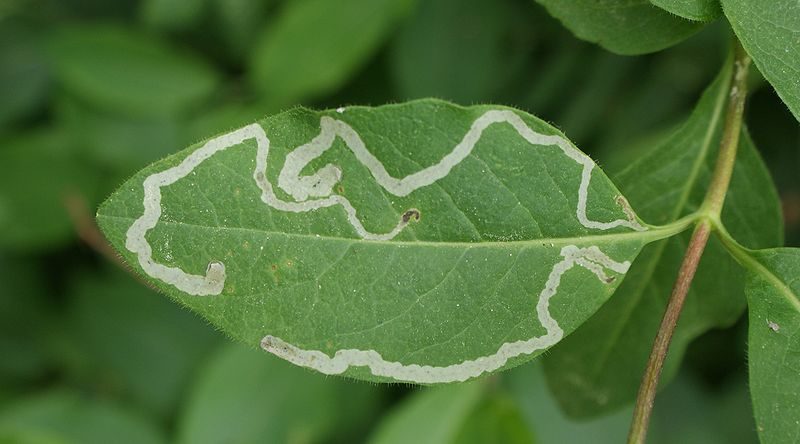
Leaf miner is the name given to pests that live within the leaf’s interior and eat their way through. They leave a little trail of white lines zig-zagging across the leaf.
Beyond the fact that they make arugula look ugly, if their numbers get too big, they will destroy the plant. Use neem oil to deter them.
Downy Mildew
Downy mildew is a white powdery growth that can stunt plants. The best defense is a good offense. Over-watering the leaves can help this pest set in, so water the base of the plant, not the leaves. Also, be sure to keep plants well-spaced.
It’s caused by the oomycete Hyaloperonospora parasitica (formerly Peronospora parasitica).
Snails and Slugs
These pests seem to attack everything in the garden and arugula is no exception. I use slug and snail pellets with a bittering agent to stop animals and kids from eating them. There are lots of organic ways of controlling this pest.
White Rust
White rust attacks all cole crops, leaving distinct, raised pustules on the plant that will eventually erupt in white spores. These growths can deform plants and may eventually cause them to die.
Keep moisture under check, because that’s how the disease spreads. Water at the base of plants early in the day and keep plants well spaced. Rotate crops regularly, and if all else fails, use a fungicide to control.
Bacterial Leaf Spot
Bacterial leaf spot, as the name suggests, causes necrotic spotting on arugula leaves. It can be carried by seeds so make sure that you buy certified disease-free seeds and destroy any crops that are impacted by the bacteria. You can also treat plants with hydrogen dioxide or copper fungicide if you catch it early.
It’s caused by the bacteria Pseudomonas cannabina pv. alisalensis (formerly P. syringae pv. alisalensis) and Xanthomonas axonopodis.
Companion Plants for Arugula
These are the best companions for growing arugula:
- Bush beans
- Beets
- Carrot
- Celery
- Cucumber
- Mint
- Nasturtium
- Dill
- Lettuce
- Onion
- Potato
- Rosemary
- Spinach
- Thyme
Arugula doesn’t do well with strawberries and pole beans.
How to Harvest and Use Arugula
It only takes about 30 days from planting to harvesting, so plant a few at the same time for a continuous supply.
The young leaves taste best. The great thing about arugula is you take the leaves you want and leave the rest of the plant. New leaves will keep sprouting up.

There are endless ways to eat arugula leaves. Add to salads, pesto, pizza, soup, and pasta. The leaves can stand up to stronger flavors like blue cheese and parsley. It makes a stunning gazpacho or an addition to pork sandwiches. You can even add it to drinks like a gimlet
Harvesting Seeds
I’ve found the best way to collect the seeds is to let the plant over winter in the garden after you’ve finished harvesting the leaves. Once dry, collect and store it in a dry container.
If you haven’t tried growing arugula, you should give it a go. It’s a tasty addition to your garden and easy to grow. It doesn’t want a lot of attention, and you can harvest over a long period of time.

